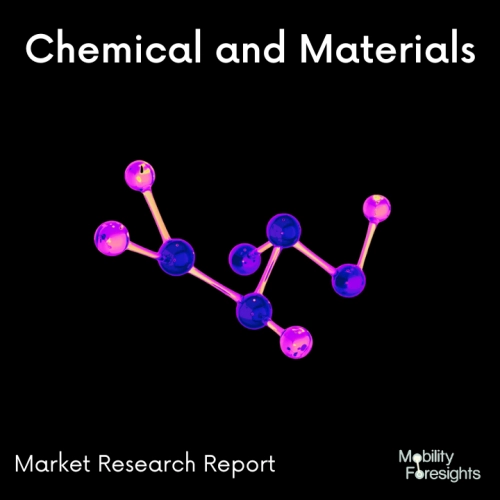
- Get in Touch with Us

Last Updated: Apr 25, 2025 | Study Period: 2024-2030
A catalyst and light energy are used in the process known as photocatalytic oxidation (PCO) to fuel oxidation processes.
A photocatalyst utilizes light energy to start chemical reactions that break down organic substances in this procedure. In the fields of water treatment, air purification, and environmental restoration, this technique has several uses.
PCO depends on the production of reactive oxygen species (ROS) that may efficiently destroy organic contaminants, such as hydroxyl radicals (OHâ¢), superoxide radicals (O2â¢-), and hydrogen peroxide (H2O2).
Depending on the photocatalyst being utilized, either UV or visible light can start the reaction. Numerous organic contaminants, including volatile organic compounds (VOCs), bacteria, and viruses, have been found to be effectively degraded by PCO.
PCO is a low-cost, energy-efficient technique that does not require the use of chemicals, making it an advantage over conventional oxidation processes in a number of ways.
It also generates innocuous byproducts like carbon dioxide and water. However, a number of variables, including the type of photocatalyst utilized, light intensity, and reaction temperature, affect PCO's efficiency. As a result, improving the efficiency of the PCO process depends on the optimization of these elements.

The Photocatalytic Oxidation accounted for $XX Billion in 2023 and is anticipated to reach $XX Billion by 2030, registering a CAGR of XX% from 2024 to 2030.
Aerus LLC created the patented photocatalytic oxidation technique known as ActivePure technique. Through the elimination of impurities including bacteria, viruses, and volatile organic compounds (VOCs), the technique is intended to enhance indoor air quality.
A patented photocatalyst substance that is encased in a unique honeycomb matrix and exposed to UV light causes a reaction that powers the device. Superoxide ions and hydroxyl radicals, two potent oxidizers that break down and neutralize pollutants in the air and on surfaces, are produced by this process.
Mold, mildew, pet hair, dust mites, and pollen are just a few of the many pollutants that ActivePure Technology is very good at getting rid of. The SARS-CoV-2 virus, which is the source of COVID-19, has also been demonstrated to be resistant to it.
ActivePure Technology has been demonstrated to lessen smells and enhance the general cleanliness of indoor spaces in addition to enhancing indoor air quality. Homes, schools, hospitals, and commercial structures are just a few of the places where it is employed.
| Sl no | Topic |
| 1 | Market Segmentation |
| 2 | Scope of the report |
| 3 | Abbreviations |
| 4 | Research Methodology |
| 5 | Executive Summary |
| 6 | Introdauction |
| 7 | Insights from Industry stakeholders |
| 8 | Cost breakdown of Product by sub-components and average profit margin |
| 9 | Disruptive innovation in theIndustry |
| 10 | Technology trends in the Industry |
| 11 | Consumer trends in the industry |
| 12 | Recent Production Milestones |
| 13 | Component Manufacturing in US, EU and China |
| 14 | COVID-19 impact on overall market |
| 15 | COVID-19 impact on Production of components |
| 16 | COVID-19 impact on Point of sale |
| 17 | Market Segmentation, Dynamics and Forecast by Geography, 2024-2030 |
| 18 | Market Segmentation, Dynamics and Forecast by Product Type, 2024-2030 |
| 19 | Market Segmentation, Dynamics and Forecast by Application, 2024-2030 |
| 20 | Market Segmentation, Dynamics and Forecast by End use, 2024-2030 |
| 21 | Product installation rate by OEM, 2023 |
| 22 | Incline/Decline in Average B-2-B selling price in past 5 years |
| 23 | Competition from substitute products |
| 24 | Gross margin and average profitability of suppliers |
| 25 | New product development in past 12 months |
| 26 | M&A in past 12 months |
| 27 | Growth strategy of leading players |
| 28 | Market share of vendors, 2023 |
| 29 | Company Profiles |
| 30 | Unmet needs and opportunity for new suppliers |
| 31 | Conclusion |
| 32 | Appendix |